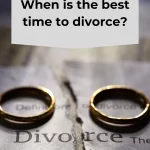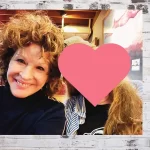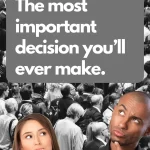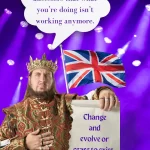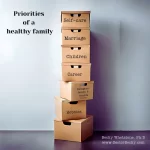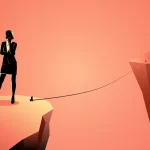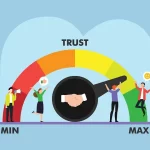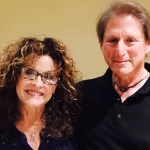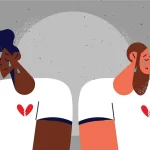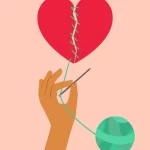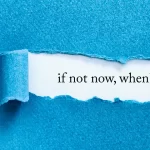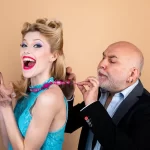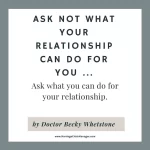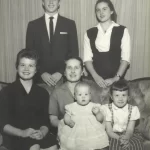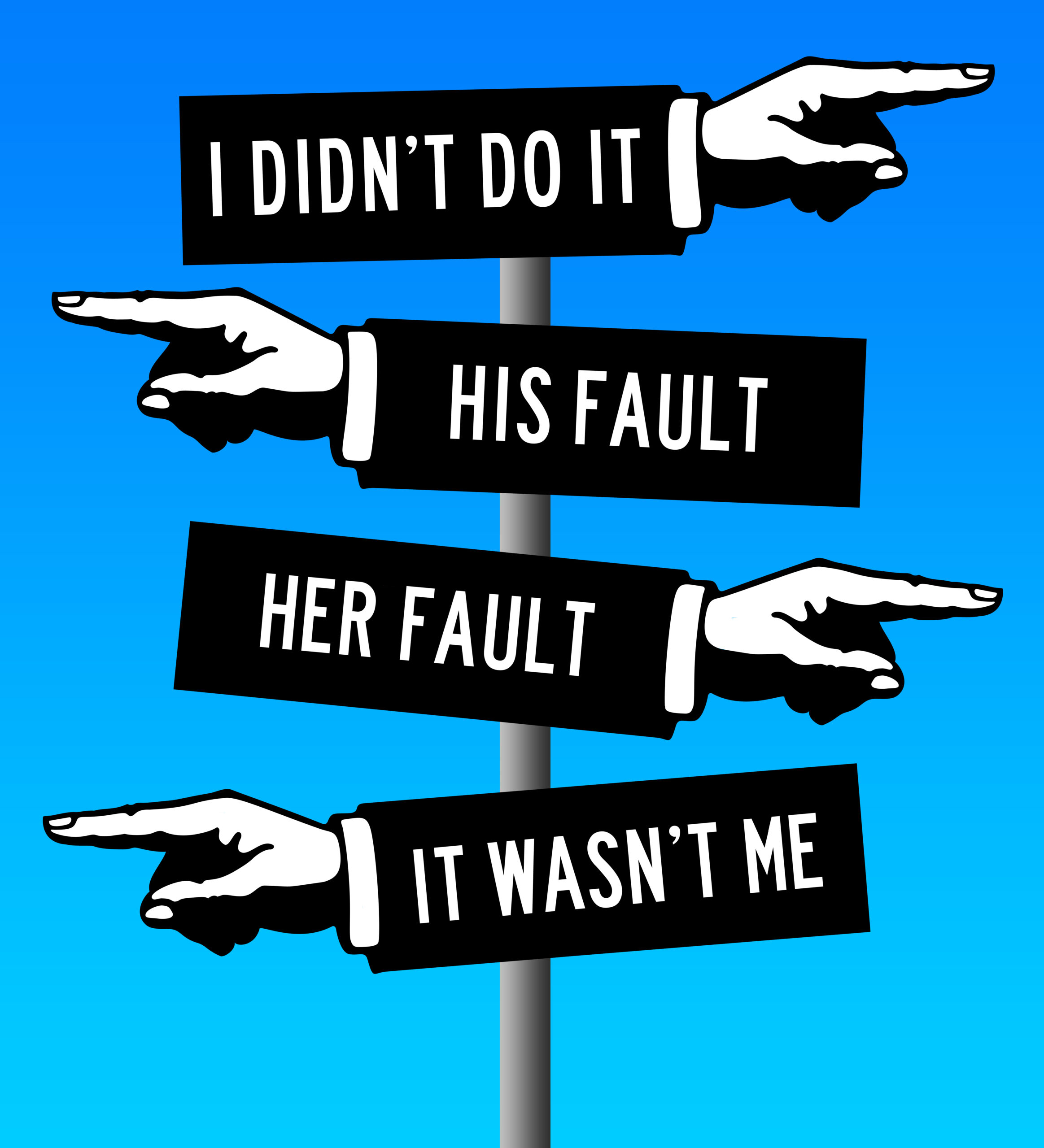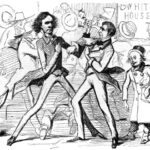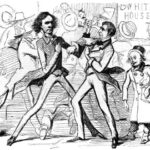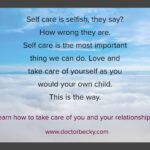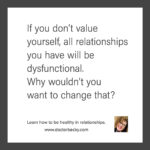Counseling & Therapy for Individuals, Couples, & Families in Little Rock, AR. Find out when therapy is indicated, Becky's … Learn More
Why I put grocery carts away and leave my skillet on the kitchen counter.
When I go to the grocery store I almost always see a shopping cart left in the middle of a parking spot. If I can, I take it and use it or put it in a spot where it’s supposed to go. When I see someone abandoning their cart or leaving things around anywhere that someone else will have to pick up after them, I wonder, “What are you thinking? Do you not think about how you are creating unnecessary work for others?”
I also bristle at seeing someone abandoning an unwanted item on a shelf and aisle nowhere near where it came from, or trash thrown out a window, graffiti on a wall. My feelings rev up to a higher level when it comes to animals or children that are abandoned … don’t get me started!
So the thought occurred to me, why do I care so much about these things? Am I arrogant and self-righteous and being a harsh judge or is it reasonable to be annoyed? A voice in my head took me back to my teen years when I would backpack and camp with a group from a local outdoor outfitter’s store. Our guide told us before we left, “The golden rule of camping is to pack out what you pack in, so don’t leave any trash anywhere and leave the land looking like you weren’t there.” It made total sense. Come into nature, enjoy it, and leave it the way you found it so others can enjoy it.
I think I took the whole idea on as one of my life’s ore values that day, and it still shows up in lots of ways, all of them having to do with the theme of leaving not just people, but the world the same or better than we found it.
I’m talking about your stuff, my stuff, other’s people’s stuff, you, me, people, places, things big and small. It’s a positive way to live, and I really like living this way.
In the therapy room I sometimes deal with clients that are leaving the universe a little worse for the wear, as opposed to making the world a better place. Legal crimes, destruction, abuse, molestation, addiction, stalking, cheating, lying, and the nightmare of how all of those things affect others. It is truly painful for me to see, especially when a person just doesn’t seem to care about the effects at all. I will never understand it, but if I get to ask questions when this life is over about why some people care so much, and others so little, I will.
Now, did I mention that I have the issue of not putting things away or back in their place immediately in my home? Yes, the Becky who loves to clean up the environment and gather up shopping carts is not so adept at home. One of my biggest personal challenges is in keeping my home tidy. Whereas I notice things out of place in a store, community or parking lot, in my own home things will sit on the counter, shelf or table for months before I will notice them and put them away. I have come to believe I have Attention Deficit Disorder (ADD), unique to the home. Where did she come from? My mother is the most disorganized woman I know, so I simply never saw it done when I was growing up.
I work very hard on the Becky at home, I must say she is much better than her mother is, but she remains a work in progress. As I was writing this I noticed a cast iron skillet that has been sitting on my kitchen counter for a couple of months. The truth is that I didn’t even see it, until I did see it.
What I am wanting to point here as that all the parts of our personality have their polar opposite. The good and bad, the black or white, the up or down. There is the awake and aware, organized, socially responsible Becky, and the absent-minded, cluttered and disorganized Becky. If I want to be mentally healthy, I need to learn to love and accept them both, and ideally, to understand them both. To do that I might see through the lens and get into the mind of organized Becky and note how she thinks and processes things, and then do the same for cluttered Becky. Bringing these precious parts together and accepting and understanding them is the best way to overcome the parts of them that you would prefer not to have. I put the skillet up this morning before work, and hopefully when I get home tonight I will scan the kitchen counters for other errant items. I will feel good about putting those things away. And next time I go to the store and see a cart not put away, I’ll probably grab it and roll it to where it needs to be. Clearly I like the deeds of one part of me a little bit better than the other, and that’s OK!

This skillet has been on my kitchen counter for at least two months.
Doing couples therapy with a narcissist.
Just coming back from Los Angeles and Terry Real’s Relational Life Therapy training, I am mulling over what I learned. One of the things Real specializes in is treating couples where one person is a narcissist. Every therapist knows how hard it is to work with individuals with a personality disorder, and the narcissist is no exception. Unfortunately for us and the world, they exist in plentiful supply. Imagine: A person who thinks he* knows more than anyone and looks at others in a “looking-down-at-them and I-know-better-than-you” position, with a steel-reinforced defense mechanism and/or boundary-less offender. Add to that a strong resistance to change and learning new things and ideas … if it sounds like it would be difficult to help them, you’d be right.
I feel I must say that for couple’s therapy to be truly successful, we need each person to enter the arena with a humble heart – open to admitting what they may be doing wrong, seeing the other person’s perspective, and eager to make things right. Narcissists simply cannot do that, and most often when the therapist hits resistance from them and their steel defense mechanism, (and they will!), the narcissist will refuse to return to therapy. Heaven forbid that their sensibilities get offended. They often refuse to return to the therapy, with while telling their spouse later that the therapist was a “quack” or “idiot.”
So how to break the code and get the narcissist to play ball in the therapy arena? It involves first, educating them about the details of what their personality really says about them – never using the word narcissist unless you really think it would make a positive difference; that they have come out of childhood with a very damaged ego system, that at the bottom of it is a belief that they aren’t good enough, and the puffed up arrogance that has resulted is really a false self-created long ago to get them through life. The problem with that is …
1. They aren’t being genuine and authentic, and it takes a lot of energy to keep supporting a false self by putting on an act every day.
2. It is not relational. People simply cannot have a healthy relationship with a person who looks down at others and either has an iron wall up or has no boundaries at all.
3. The false self, defensive walls or boundary-less behavior are a result of toxic shame taken on in childhood. Toxic shame is the underlying belief that a person is defective or not good enough.
So after educating them about their personality traits and how those traits are not conducive to relationships, we introduce a strategy of joining with them through a little dose of the truth: “How you are behaving is not a good thing … is this who you really want to be?” “Do you really want to be this person to your children?”
We know that underneath all the puffed-up-ness is a real human being that is functional and able to give and take and love deeply. The arrogance and defenses or boundary-less behavior can be controlled because we have evidence that in some circumstances, say in the workplace or with friends, he does control himself and act reasonably. We simply have to get him to access his better, more kind and gentler self, the one that Pia Mellody-trained therapists call “The Functional Adult,” and the Christian religion refers to as the Holy Spirit. We want him to use it instead of his ugly side. If he succeeds he has a chance at having healthy relationships with the people he loves the most.
Another important part of this is to show couples the Relationship Grid graphic. This way they will know absolutely that their stance is not conducive to having a healthy relationship, creating a visual that makes it impossible to deny that a person is not functional enough to be relational. If you’re personality falls into the green area, something isn’t working.
Here it is:
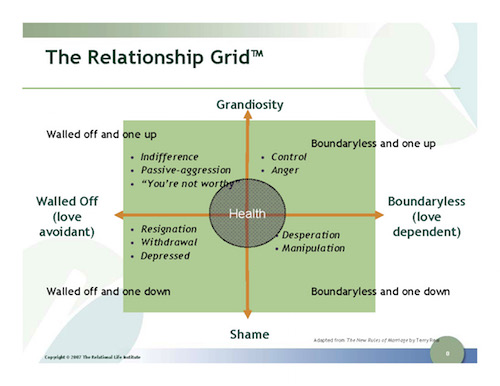
The Relationship Grid graphic shows us that dysfunctional people’s self-esteem is either openly grandiose or shame-filled, meaning their behavior exhibits they think they are better than others, or less than others; and emotionally and boundary-wise they either hide behind a wall (walled-off) or have endless need for their partner’s connection (boundary-less). Find out which combination you and your partner have, and you’ll find out why your relationship doesn’t work.
It is probably important to understand that in the center of the grid is the healthy person, who has neither walls nor endless needs and is available and able to connect and be close or to give space, and neither thinks they are better or less than anyone else. These people have a basic respect and love for themselves and other human beings.
A narcissistic person is going to be on the grandiose end of the spectrum, and they will either be walled off or boundary-less. Show them this and there will no doubt that their stance will not work within a romantic relationship. Of course, if the partner is a one-down person and walled off or boundary-less, we will need to work on them to have healthy self-esteem, to strengthen their spine when it comes to dealing with their “I know best” partner, and to exhibit moderation in their need for connection.
* Narcissists come in both genders, of course. I use the pronoun he here for ease of communication.
Seeking answers for couples in Los Angeles: A blog about Relational Life Therapy

Doctor Becky and Terry Real, creator of Relational Life Therapy.
Clients tell me all the time, “I will never forget that one thing you told me … it really made a huge difference.”
So in search of more of those types of things, I went to Los Angeles to take part in one of a three-part training with Terry Real, the creator of Relational Life Therapy. He’s also the author of the book, “The New Rules of Marriage.” I had heard about him through Pia Mellody’s* codependency training circles and wanted to go hear his take on treating codependents in relationships.
I loved the two days with Terry, as his model is so heavily influenced by Pia’s simple yet powerful model of dysfunction — something I draw on my white board almost every day for individuals and couples so they might start their recovery instantly. It is truly a model that has transformed my practice.
One thing he taught us to look for are: A couple’s stance, stance, dance. The math equation for that is: his stance + her stance = their relationship dance. Our first night’s homework involved figuring out a stance, stance, dance in one of our present or previous relationships. You complete the math by filling in the blanks of, “The more he _____ the more she ______ and the more he ______ . Then of course, the pattern goes on and on.
In my own case, I came up with, “The more she pushes him to buy into her ideas and dreams the more he practically defends to maintain the status quo and the more he feels she has no regard for what it takes and the consequences of fulfilling those ideas and dreams.
Once I worked out the stance, stance, dance in a relationship I have had, the more I could see that I pushed my partner to do the next big thing, like build on to our house, or plant a huge garden, all while he felt that I didn’t care about how hard he had to work to provide it. The truth is, I had ideas and dreams, but I was very flexible about not being able to have them, and I left it to him to tell me whether the ideas and dreams were realistic or attainable. He wrongly thought I didn’t care about just piling on one financial or labor intensive burden after another. Of course I cared, and I never wanted him to feel pressure or strain about my dreams and ideas – after all, they’re just ideas, not the mandates he took them as.
So, wow. Figuring out your stance, stance, dance is a really powerful exercise! It helped me sort out a situation that I had only thought about for a few seconds here and there in the past. I totally saw where we were misunderstanding one another needlessly and doing damage to our relationship.
So how to do it is to look at the areas in your relationship where there is tension. I knew that my wanting to add on to our house had made my primary bread-winner partner nervous. (Years ago I was a stay-at-home-mom). I had dreams and ideas, and he immediately resisted with negative responses. That was the pattern. The end result is that he thought I didn’t care about our finances, and I thought he was not open to hearing my dreams and close-minded. Learning this would have provided an opportunity for communication and correction of understanding … I can have ideas, he just needs to tell me if they’re possible. If they aren’t, no harm done.
There are so many tools that therapists have to get to the bottom of what is going on with a couple. I realize that some people think all we do in the therapy room is just talk, but there is so much more to it, and as a therapist it takes years to be able to do the work in a powerful and effective way that makes a life-changing difference in people’s lives. I am always looking for ways to do it better.
*Pia Mellody created the term codependency and developed a treatment for it at The Meadows Rehabilitation Center in Wickenburg, Arizona. This is the same center where Olympic gold medalist Michael Phelps recently spent time to go into recover from substance abuse issues. Mellody wrote the book, “Facing Codependence,” The Intimacy Factor,” and “Facing Love Addiction. I have completed her 3-part training and became part of a worldwide group of therapists who have also completed the training known as the Healing Trauma Network.



 Becky Whetstone is an Arkansas native and has a Ph.D. in Marriage and Family Therapy from St. Mary’s University in San Antonio, Texas. She is a Licensed Marriage and Family Therapist (LMFT) in Texas and Arkansas.
Becky Whetstone is an Arkansas native and has a Ph.D. in Marriage and Family Therapy from St. Mary’s University in San Antonio, Texas. She is a Licensed Marriage and Family Therapist (LMFT) in Texas and Arkansas. 





